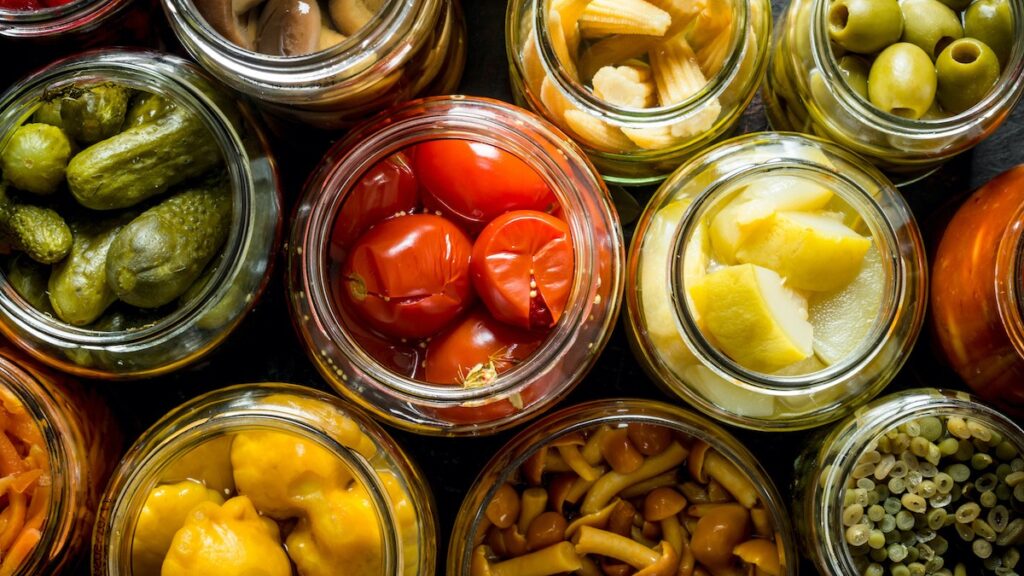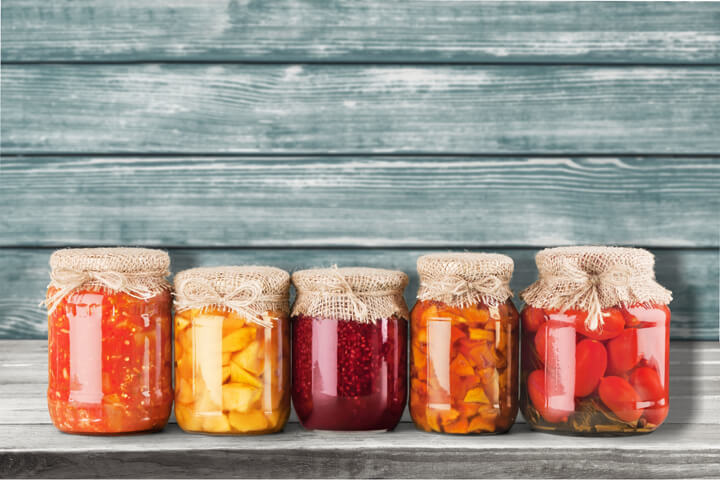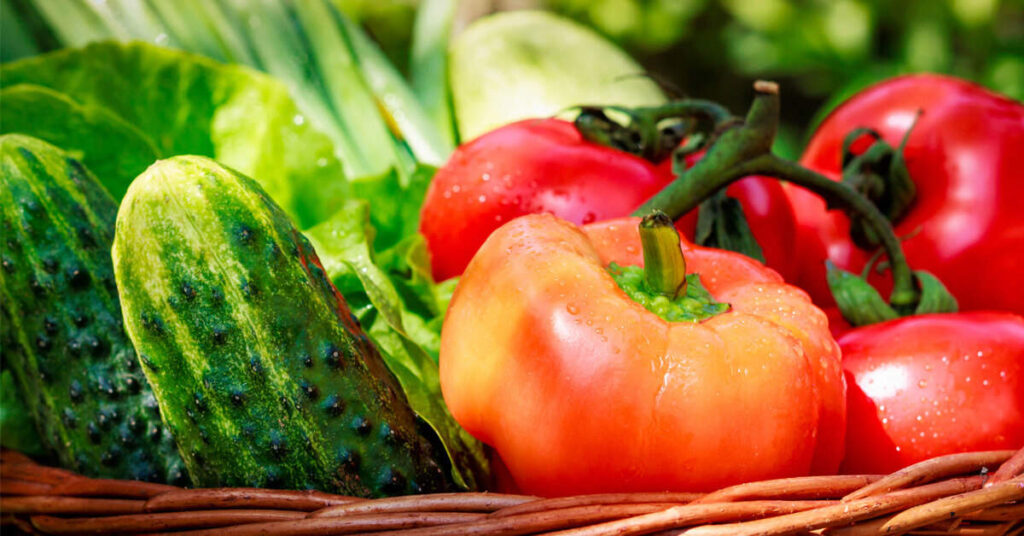Growing and Canning Your Own Food

When it comes to canning, the fresher the produce the better the flavor and the longer the shelf life would be of the canned produce. Avoid store-bought fruits and vegetables; these have been in cold storage which results in shorter shelf life and poorer flavor. Opt instead for products purchased from a farmers market or your garden.
How to Choose Produce to Can
If electing to purchase from a farmers market, make sure the product is really from local farms and has been picked within three days of purchase. You can tell if the food is local by checking for distributor labels, rubber bands or ties, boxes from retailers, and so forth while at the market stalls. Also, doing proper research on the farmer’s market or farmer stall helps to ensure the food is locally grown and not purchased in bulk from a distributor.
Even better yet, grow your produce for the best results. Home-grown foods picked at the peak of freshness and canned weekly or semi-weekly result in a delicious and fresh-picked taste that will win awards and smiles over store-bought goods. Research is the key to perfect canning. Find out which foods should be picked in the morning and which should be picked in the evening for the best flavor.
The Best Fruits for Home-Grown Canning
The easiest produce for homemade canning are fruits like peaches, nectarines, plums, apricots, berries, quinces, oranges, apples, and cherries. These are also easier to grow and produce a large harvest from a single tree or two. Most fruits are high-acid and usually, a lot of sugar goes into the process which further helps keep the fruits from spoiling.
Most fruit trees and vines are low maintenance compared to a vegetable garden. Simply prune and fertilize once to twice a year at the appropriate season, and water them frequently. Plus, each fruit ripens in a slightly different week or month all summer long, if you choose the right varieties, making it easier to deal with one type of product that week.
The Easiest Vegetables to Grow and Can
Vegetables take a bit more maintenance than fruits to grow and can. Low-acid vegetables need to be canned more carefully to prevent spoilage. However, like fruits, the right garden can produce something to can weekly or bi-weekly all year long.
When setting up a home-grown garden for canning, select vegetables for particular seasons:
Winter Garden Produce:
- Cabbage
- Brussels sprouts (in coastal areas)
- Kale
Spring Garden Produce:
- Asparagus
- Celery
- Dark leafy greens like spinach
Summer through Fall Garden Produce:
Green Beans or Long Beans
Rhubarb
Peppers
Okra
Onions and Garlic
Peas
Zucchini
Dark Leafy Greens like Kale and Swiss Chard
Herbs
Even a small family garden, or container garden, can produce enough to stockpile canned produce. Many of these foods can well with little or no previous cooking. Simply scrub them, chop them up, stuff them into a jar, pour boiling water over them, screw on a lid, and put them into the pressure canner. Each vegetable, vegetable blend, or relish has a specific time and recipe that needs to be followed to the letter when canning it. Failure to follow a recipe for a particular food can result in an inedible product, or worse, spoilage.
Other foods not mentioned in this article are not recommended for homemade canning because the time and effort in growing and/or preparing them makes it not worth it, especially for a beginner. The fruits and vegetables listed tend to grow large harvests with little space. And, when picked and canned right away, also last longer on the shelves and retain their flavor.
Homegrown produce not only tastes better but may be better for you since store-bought canned or fresh vegetables tend to lose important nutrients the longer they sit. Additionally, it will save money. With the right soil conditions and care, home gardens can typically produce more food at less expensive than the same amount of food purchased fresh or canned from a grocery store.


